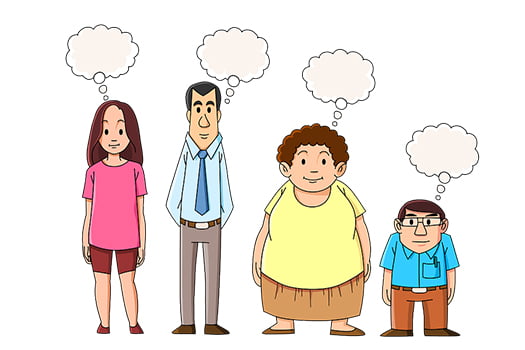Buyer personas are fictional representations of your ideal customers for each of your market segments and demographics. They allow you to understand your customers needs and desires, and which buying channels they spend their time on. Buyer personas also help you stay consistent across your business departments, develop better products, and source better leads.
From mirroring your personas to your market segments, to using them to support your customer journey mapping, these tips will help your company get the most from buyer personas.
Recommended reading: How to Write an Appealing Company Profile
1. Mirror your buyer personas to your market segments
Your buyer personas are designed to be a personification of your market segments, ergo to get value from them you must start with the later to create the former.
You should segment your market by using the following metrics:
- Demographics: gender, age, income, relationship status, and education
- Geographic: neighborhood, zip code, area code, city, province/state, region and country
- Psychographic: from your highest down to your lowest level customers
Having segmented your market, you can then build out your sales personas so that the two mirror each other. The benefit of taking this approach is that it brings consistency across your sales and marketing teams.
2. Research, examine, & scrutinize your customers’ buying decisions
To create the best personas for your customers, you need to understand what drives them to buy what your business is selling.
You need to establish their pain points, what their goals are, and how your company provides solutions to this.
To get down and dirty with these drivers you should look at your recent customers, then work backwards by answering these questions:
- Why did they search for the products or services they purchased from your business?
- What research (if any) did they carry out before they bought the items?
- Did they visit any of your competitors before they arrived at your website?
- What channels and searches did they make to find your company?
You can use a range of analytics tools to help you find the answers to these questions. The reporting available through your website should be the first place you start. You should go deeper than Google Analytics.
Using data tools like Sisense, Looker, and Zoho Analytics, you can really research, examine, and scrutinize your customers’ buying decisions.
3. Create a defined list of metrics to cover on each persona
You need to take the “persona” part of your buyer profiles seriously, putting flesh and personality onto the bones. While your buyer personas must mirror your market segments, you need to build them out by adding the following (but not limited to) details:
- Location: Don’t only think about where your customers would live, think about where they wouldn’t live
- Age: How old are the people in your persona? Which age groups do and don’t they interact with? What are the circumstance and factors unique to this age bracket?
- Career: Not only status (junior or professional) but the industries your personas work in, might work in, and aspire to work in
- Interests, motivations and frustrations: Beyond what drives your customers to buy your products, what makes them tick? What are their political leanings? Are they eco conscious? Etc…
To help you create your metrics, you can use a template or example from another business.
4. Use buyer personas to support customer journey mapping
While creating the right profiles is essential for your business, it’s just as important that they support your customer journey – without doing this your personas won’t become buyers. The key is to know how you personas will interact with your business at each stage of their journey:
- Awareness
- Consideration
- Acquisition
- Service
- Loyalty
You can see a great example of how a great e-commerce customer journey map works below:

Credit: Shopify Plus
While the example above is a great place to start, it’s only the beginning of your own journey. You need to keep developing your understanding of your customers and their relationship with your company, so that you can keep giving them valuable products, services, and experiences.
Buyer personas are a great way of learning more about your customers and how your business can help them. By creating a list of the different people who benefit from your company, you can enhance your marketing, design better products and services, and boost your sales figures. So take these tips away and start creating the right buyer personas today!






